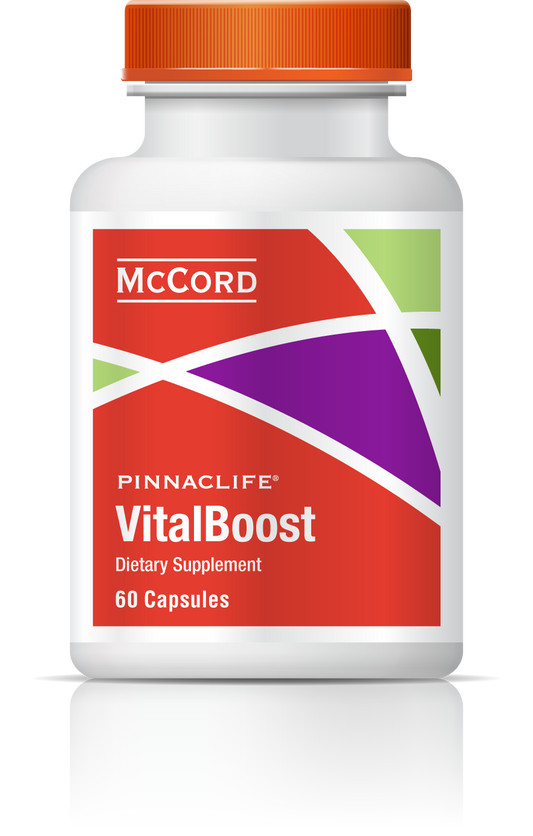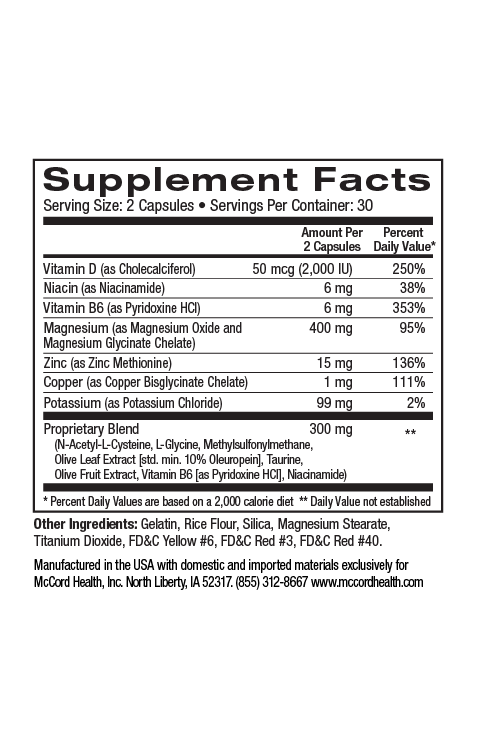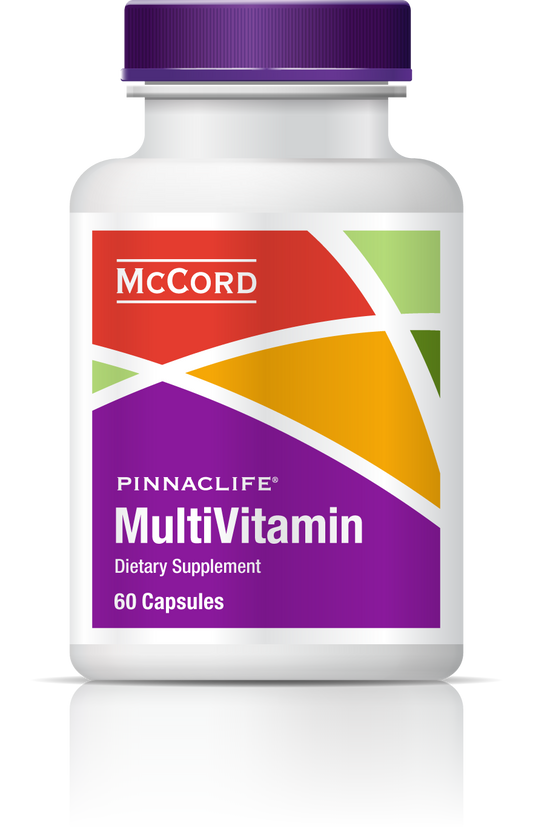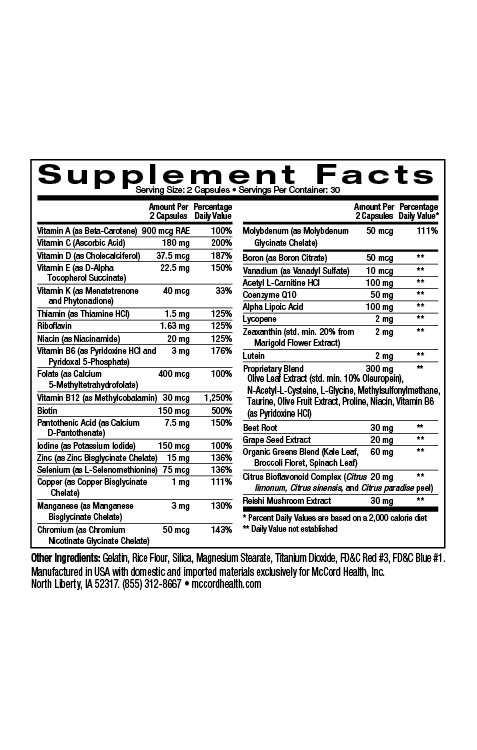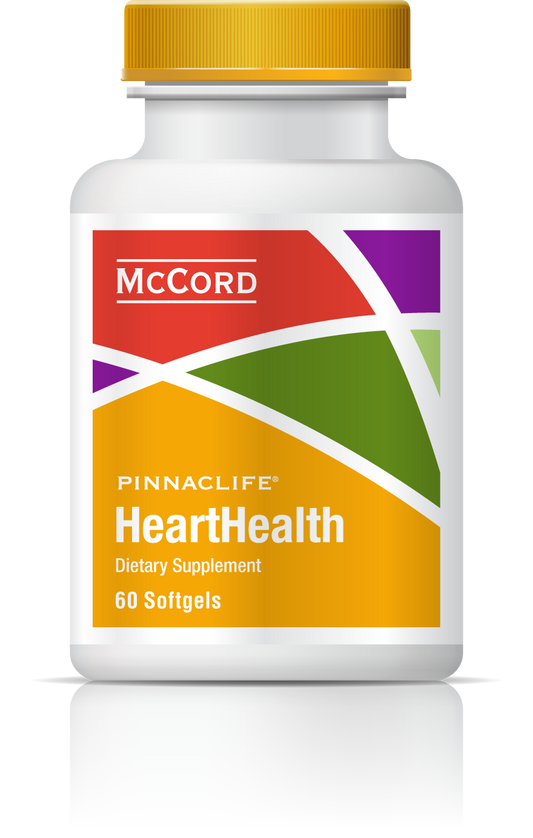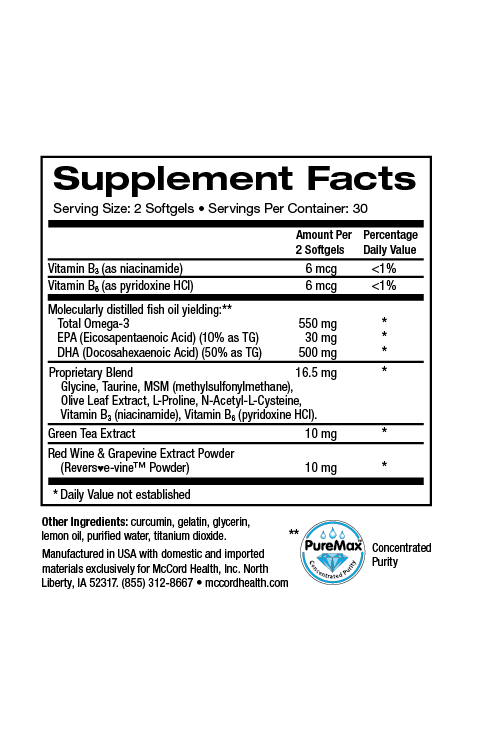One of the features of the McCord Research products is they contain our special patented Olivamine remedy. As the name suggests, the formula is based on potent extracts from olives, containing hydroxytyrosol and oleuropein, two of the most potent antioxidants ever discovered. Hydroxytyrosol and oleuropein are thought to be responsible for many of the well known health benefits of olives.
- Olive trees can live thousands of years which has made them a target for scientists trying to unlock the secrets to long life and aging.
- Olive fruits, leaves, and seeds contain some of the most potent natural antioxidants ever discovered.
- Two antioxidants found in olives, hydroxytyrosol and oleuropein, have demonstrated significant health benefits in scientific studies.
- Increasing intake of oleuropein and hydroxytyrosol appears to be beneficial for many conditions
Olive Trees Live for Thousands of Years
Olive trees are one of the oldest living species on the planet. While the average lifespan is about 500 years, there are living trees today thought to be over 3,000 years old.
The long lifespan of the olive tree is one of the reasons scientists have looked towards the olive to find natural remedies and answers about the processes of aging and disease. This has led to the discovery of dozens of natural compounds that are being rigorously studied today.
Olive Leaves, Oil, and Fruit Have Potent Antioxidants
There are many potent antioxidants found throughout the olive tree, leaves, fruits, and seeds, but two of the most potent with the most documented health benefits include oleuropein and hydroxytyrosol.

- Oleuropein [Oh-lur-oh-peen] is a very bitter tasting antioxidant, so usually the olives you eat have been specially treated to reduce the amount of oleuropein so it tastes better. Since it is so bitter tasting, it is difficult to benefit from oleuropein from consuming olives or olive oil. This is one benefit of using purified olive and olive leaf extracts in the form of dietary supplements.
- Hydroxytyrosol is formed from oleuropein as it breaks down into various components. It is much less bitter tasting so it may still be present in some olive preparations, but in much lower concentrations than you find in quality extracts used in nutritional supplements. Interestingly, hydroxytyrosol is also a natural metabolite of the neurotransmitter dopamine, explaining some of the important roles it plays in brain and nerve health.
Health Benefits from Olive Leaves, Fruit, and Oil
You have probably heard before that there are health benefits from the Mediterranean Diet and many attribute some of that, in part, to their regular consumption of olives and olive oil - which have documented benefits of their own. Some of those benefits include but are not limited to:
Antioxidant effects of Olives
Hydroxytyrosol and Oleuropein from the olive are two of the most potent antioxidants found in nature. The research on these compounds, specifically in the Proprietary Blend formula, has shown they are so potent because they can penetrate deep inside the cell to turn on specific genes that stimulate a cells natural antioxidant defense systems including the increased production of a compound called MnSOD.1-3
What makes Proprietary Blend even more special is that the unique combination of ingredients increases the antioxidant response, providing even more potent antioxidant protection than oleuropein or hydroxytyrosol on their own.2 This is important since oxidative processes are contributing factor to many diseases.4
Olives and Inflammation
Inflammation is a factor in most diseases and a major contributing factor behind the symptoms and complications we experience. Oleuropein and hydroxytyrosol have been shown to interact with inflammation pathways, suggesting they can help maintain healthy levels of inflammation.5-7 Since oxidative processes also contribute to inflammation, the antioxidant effect of these olive antioxidants can also indirectly help reduce inflammatory responses.5-7
Immune Function supported by Olive antioxidants
Hydroxytyrosol and oleuropein have shown to play a role in regulating certain immune cells in the body including the histamine-releasing mast cells associated with allergic reactions and other immune responses.8,9 This involvement with the immune system is tightly linked to inflammatory regulation and antioxidant effects that contribute to many of the other beneficial properties.9
Olive Polyphenols for Skin and Wound Care
You've probably seen plenty of skin care products that promote the benefits of olive oil for your skin, but there are beneficial compounds found in the fruit, kernel, and leaves as well. You may not know that Proprietary Blend (containing olive leaf extract) actually got its start in topical skin and wound care products and the Medline Remedy® with Proprietary Blend product line is now used in over half of the hospitals and long term care facilities in the nation with growing use around the globe. Some of the very first patents on Proprietary Blend were based in wound care applications.2,10,11
Olives Support Digestive Health
The digestive tract can benefit from hydroxytyrosol and oleuropein because, like the skin, the antioxidants can directly contact the cells lining the digestive tract before they enter the blood stream or get metabolized by the liver.11-13 Because of this, many of the beneficial effects seen on the skin also apply to the surface of the the digestive tract which has implications in some inflammatory bowel conditions.12-15
Olive Polyphenols and Cancer
Since hydroxytyrosol and oleuropein both help regulate antioxidant, inflammatory, and immune responses, it is no surprise that they are frequently looked at by cancer researchers. Both compounds can potentially impact cancer through a wide variety of mechanisms - more than can possibly be covered here - but they involve a combination of direct effects on cancer cells as well as indirect effects related to improved immune responses and reduced inflammation. 16-24
The body of evidence exploring a potential role for hydroxytyrosol and oleuropein in cancer therapy is constantly expanding.
Cardiovascular Health Supported by Olives
Like the previously discussed conditions, oxidative damage and inflammation is a key component of cardiovascular diseases. Studies have shown both hydroxytyrosol and oleuropein may have protective effects for the heart and blood vessels through a wide variety of effects closely tied to inflammatory and oxidative responses.25-29
Olives in Brain and Nerve Health
Once again, inflammation and oxidative damage play a significant role in the development and progression of neurological disorders.30,31 It is no surprise that hydroxytyrosol and oleuropein have both been demonstrated to have neuroprotective effects within the brain as well as in peripheral nerves throughout the body.2,32,33 They have specifically been shown to have protective effects in the dopamine-producing nerves and are continually looked at by researchers for possible utility in neurological conditions.34-37
Diabetes Support from Olives
People with diabetes are at an increased risk of cancer, impaired wound healing, impaired wound healing, cardiovascular disease, and neurological conditions. As we have just discussed, hydroxytyrosol and oleuropein have both demonstrated biochemical effects that are relevant in maintaining health status in all those conditions. Additionally, they have been shown to have more direct effects on the insulin producing cells in the pancreas while showing benefits in sugar metabolism and HbA1C levels.38,39
Can you be Deficient in Olive Polyphenols?
Oleuropein and hydroxytyrosol are not considered essential nutrients so there is not a defined recommended daily intake and no established deficiencies. However, it is well established that both hydroxytyrosol and oleuropein help protect against oxidative damage and inflammation which are major contributing factors to almost all disease processes and aging.
Both are well tolerated with low risk of adverse effects, therefore can be safely supplemented by almost anybody to help promote optimal health. All Pinnaclife Olivamine Nutritional Supplements are formulated using a patented ingredient containing olive leaf extract and olive fruit extract to provide hydroxytyrosol and oleuropein.
References
- Zhu L, Liu Z, Feng Z, et al. Hydroxytyrosol protects against oxidative damage by simultaneous activation of mitochondrial biogenesis and phase II detoxifying enzyme systems in retinal pigment epithelial cells. J Nutr Biochem. 2010;21(11):1089-1098.
- Sarsour EH, Kumar MG, Kalen AL, Goswami M, Buettner GR, Goswami PC. MnSOD activity regulates hydroxytyrosol-induced extension of chronological lifespan. Age (Omaha). 2012;34:95-109.
- Sarsour EH, Goswami M, Kalen AL, Goswami PC, Ehab H. Sarsour, Amanda L. Kalen MG and PCG. MnSOD activity protects mitochondrial morphology of quiescent fibroblasrs form age associated abnormalities. Mitochondrion. 2010;10(4):342-349.
- Pizzino G, Irrera N, Cucinotta M, et al. Oxidative Stress: Harms and Benefits for Human Health. Oxid Med Cell Longev. 2017;2017:8416763.
- Barbaro B, Toietta G, Maggio R, et al. Effects of the olive-derived polyphenol oleuropein on human health. Int J Mol Sci. 2014;15(10):18508-18524.
- Rafehi H, Smith AJ, Balcerczyk A, et al. Investigation into the biological properties of the olive polyphenol, hydroxytyrosol: mechanistic insights by genome-wide mRNA-Seq analysis. Genes Nutr. 2012;7(2):343-355.
- Muriana FJG, Montserrat-de la Paz S, Lucas R, et al. Tyrosol and its metabolites as antioxidative and anti-inflammatory molecules in human endothelial cells. Food Funct. 2017;8(8):2905-2914.
- Persia FA, Mariani ML, Fogal TH, Penissi AB. Hydroxytyrosol and oleuropein of olive oil inhibit mast cell degranulation induced by immune and non-immune pathways. Phytomedicine. 2014;21(11):1400-1405.
- Zrelli H, Kusunoki M, Miyazaki H. Role of Hydroxytyrosol-dependent Regulation of HO-1 Expression in Promoting Wound Healing of Vascular Endothelial Cells via Nrf2 De Novo Synthesis and Stabilization. Phytother Res. 2015;29(7):1011-1018.
- Koca U, Süntar I, Akkol EK, Yilmazer D, Alper M. Wound repair potential of Olea europaea L. leaf extracts revealed by in vivo experimental models and comparative evaluation of the extracts’ antioxidant activity. J Med Food. 2011;14(1-2):140-146.
- Gómez-Romero M, García-Villalba R, Carrasco-Pancorbo A, Fernández-Gutiérrez A. Metabolism and Bioavailability of Olive Oil Polyphenols. In: Boskou DD, ed. Olive Oil: Constituents, Quality, Health Properties and BioConversions. InTech; 2012:333-356.
- Larussa T, Oliverio M, Suraci E, et al. Oleuropein Decreases Cyclooxygenase-2 and Interleukin-17 Expression and Attenuates Inflammatory Damage in Colonic Samples from Ulcerative Colitis Patients. Nutrients. 2017;9(4).
- Sánchez-Fidalgo S, Sánchez de Ibargüen L, Cárdeno A, Alarcón de la Lastra C. Influence of extra virgin olive oil diet enriched with hydroxytyrosol in a chronic DSS colitis model. Eur J Nutr. 2012;51(4):497-506. doi:10.1007/s00394-011-0235-y.
- Giner E, Recio M-C, Ríos J-L, Giner R-M. Oleuropein Protects against Dextran Sodium Sulfate-Induced Chronic Colitis in Mice. J Nat Prod. 2013;76(6):1113-1120.
- Parkinson L, Cicerale S. The Health Benefiting Mechanisms of Virgin Olive Oil Phenolic Compounds. Molecules. 2016;21(12):1734.
- Fabiani R. Anti-cancer properties of olive oil secoiridoid phenols: a systematic review of in vivo studies. Food Funct. 2016;7(10):4145-4159.
- Shamshoum H, Vlavcheski F, Tsiani E. Anticancer effects of oleuropein. Biofactors. 2017;43(4):517-528.
- Psaltopoulou T, Kosti RI, Haidopoulos D, Dimopoulos M, Panagiotakos DB. Olive oil intake is inversely related to cancer prevalence: a systematic review and a meta-analysis of 13800 patients and 23340 controls in 19 observational studies. Lipids Health Dis. 2011;10(1):127.
- Hamdi HK, Castellon R. Oleuropein, a non-toxic olive iridoid, is an anti-tumor agent and cytoskeleton disruptor. Biochem Biophys Res Commun. 2005;334(3):769-778.
- LeGendre O, Breslin PA, Foster DA. (-)-Oleocanthal rapidly and selectively induces cancer cell death via lysosomal membrane permeabilization. Mol Cell Oncol. 2015;2(4):e1006077.
- Akl MR, Ayoub NM, Mohyeldin MM, et al. Olive Phenolics as c-Met Inhibitors: (-)-Oleocanthal Attenuates Cell Proliferation, Invasiveness, and Tumor Growth in Breast Cancer Models. Agoulnik IU, ed. PLoS One. 2014;9(5):e97622.
- Elnagar A, Sylvester P, El Sayed K. (−)-Oleocanthal as a c-Met Inhibitor for the Control of Metastatic Breast and Prostate Cancers. Planta Med. 2011;77(10):1013-1019.
- Terzuoli E, Giachetti A, Ziche M, Donnini S. Hydroxytyrosol, a product from olive oil, reduces colon cancer growth by enhancing epidermal growth factor receptor degradation. Mol Nutr Food Res. 2016;60(3):519-529.
- Ahmad Farooqi A, Fayyaz S, Silva A, et al. Oleuropein and Cancer Chemoprevention: The Link is Hot. Molecules. 2017;22(5):705.
- Poudyal H, Campbell F, Brown L. Olive leaf extract attenuates cardiac, hepatic, and metabolic changes in high carbohydrate-, high fat-fed rats. J Nutr. 2010;140(5):946-953.
- de Bock M, Derraik JGB, Brennan CM, et al. Olive (Olea europaea L.) leaf polyphenols improve insulin sensitivity in middle-aged overweight men: a randomized, placebo-controlled, crossover trial. PLoS One. 2013;8(3):e57622.
- Covas M-I. Olive oil and the cardiovascular system. Pharmacol Res. 2007;55(3):175-186.
- Bulotta S, Celano M, Lepore SM, Montalcini T, Pujia A, Russo D. Beneficial effects of the olive oil phenolic components oleuropein and hydroxytyrosol: focus on protection against cardiovascular and metabolic diseases. J Transl Med. 2014;12(1):219.
- Siti HN, Kamisah Y, Kamsiah J. The role of oxidative stress, antioxidants and vascular inflammation in cardiovascular disease (a review). Vascul Pharmacol. 2015;71:40-56.
- Bishop NA, Lu T, Yankner BA. Neural mechanisms of ageing and cognitive decline. Nature. 2010;464(7288):529-535.
- Czirr E, Wyss-Coray T. The immunology of neurodegeneration. J Clin Invest. 2012;122(4):1156-1163.
- Hashmi MA, Khan A, Hanif M, Farooq U, Perveen S. Traditional Uses, Phytochemistry, and Pharmacology of Olea europaea (Olive). Evid Based Complement Alternat Med. 2015;2015:541591.
- González-Correa JA, Navas MD, Lopez-Villodres JA, Trujillo M, Espartero JL, De La Cruz JP. Neuroprotective effect of hydroxytyrosol and hydroxytyrosol acetate in rat brain slices subjected to hypoxia-reoxygenation. Neurosci Lett. 2008;446(2-3):143-146.
- Barbaro B, Toietta G, Maggio R, et al. Effects of the olive-derived polyphenol oleuropein on human health. Int J Mol Sci. 2014;15(10):18508-18524.
- Qosa H, Batarseh YS, Mohyeldin MM, El Sayed KA, Keller JN, Kaddoumi A. Oleocanthal enhances amyloid-β clearance from the brains of TgSwDI mice and in vitro across a human blood-brain barrier model. ACS Chem Neurosci. 2015;6(11):1849-1859.
- Abuznait AH, Qosa H, Busnena BA, El Sayed KA, Kaddoumi A. Olive-Oil-Derived Oleocanthal Enhances β-Amyloid Clearance as a Potential Neuroprotective Mechanism against Alzheimer’s Disease: In Vitro and in Vivo Studies. ACS Chem Neurosci. 2013;4(6):973-982.
- Monti MC, Margarucci L, Riccio R, Casapullo A. Modulation of Tau Protein Fibrillization by Oleocanthal. J Nat Prod. 2012;75(9):1584-1588.
- Santangelo C, Filesi C, Varì R, et al. Consumption of extra-virgin olive oil rich in phenolic compounds improves metabolic control in patients with type 2 diabetes mellitus: a possible involvement of reduced levels of circulating visfatin. J Endocrinol Invest. 2016;39(11):1295-1301.
- Wu L, Velander P, Liu D, Xu B. Olive Component Oleuropein Promotes β-Cell Insulin Secretion and Protects β-Cells from Amylin Amyloid-Induced Cytotoxicity. Biochemistry. 2017;56(38):5035-5039.
Disclaimer: These statements have not been reviewed by the FDA. These products are dietary supplements and are not intended to treat, cure, or prevent any disease. The decision to use these products should be discussed with a trusted healthcare provider. The authors and the publisher of this work have made every effort to use sources believed to be reliable to provide information that is accurate and compatible with the standards generally accepted at the time of publication. The authors and the publisher shall not be liable for any special, consequential, or exemplary damages resulting, in whole or in part, from the readers’ use of, or reliance on, the information contained in this article. The publisher has no responsibility for the persistence or accuracy of URLs for external or third party Internet websites referred to in this publication and does not guarantee that any content on such websites is, or will remain, accurate or appropriate.

